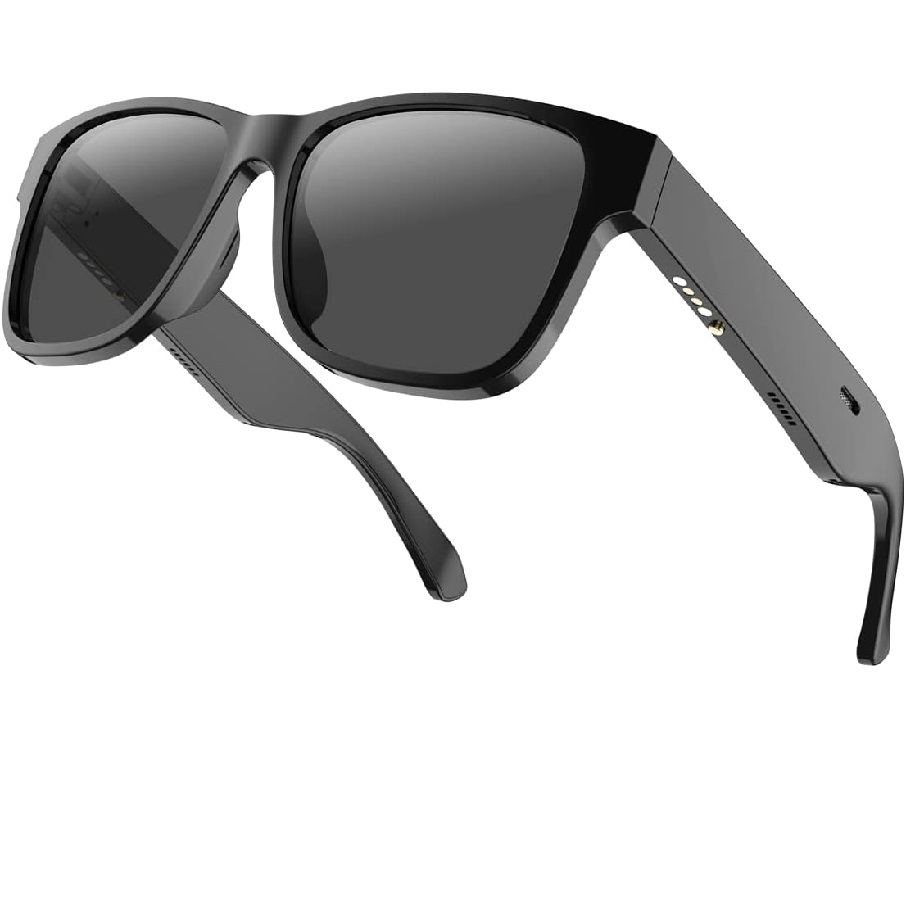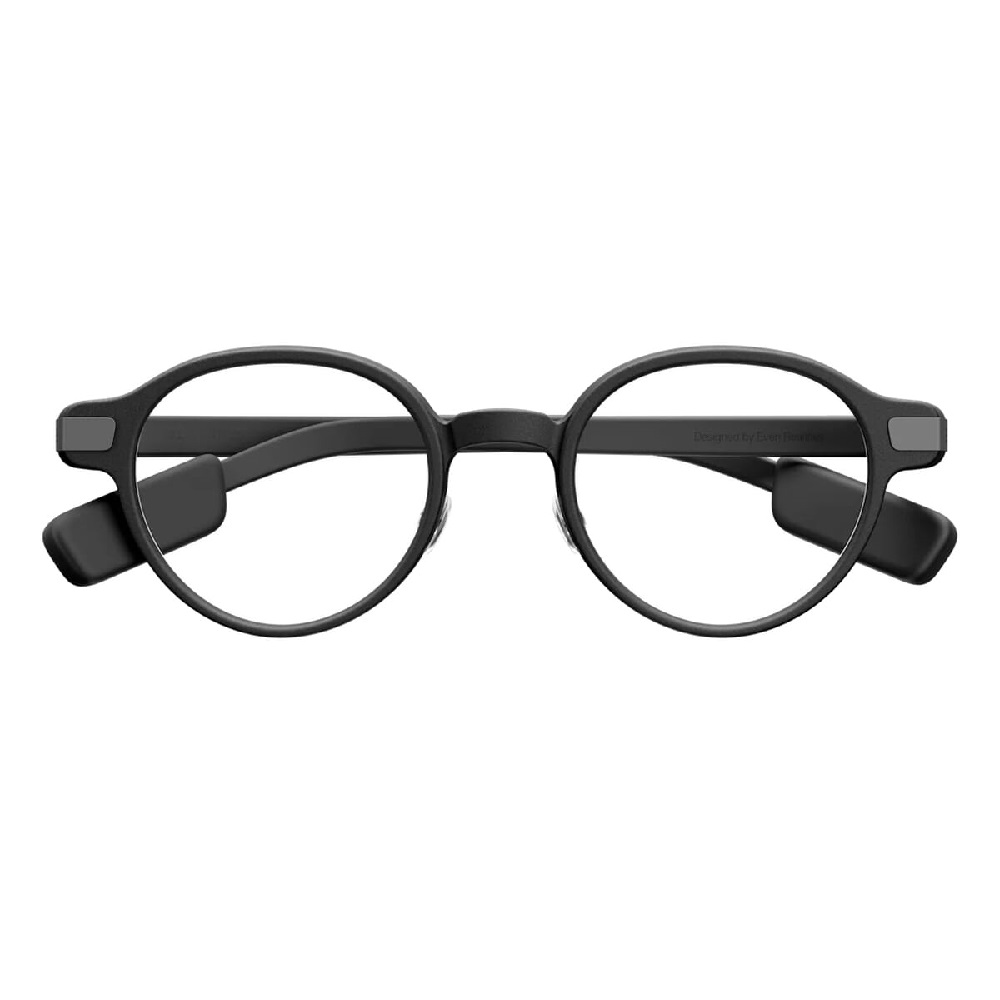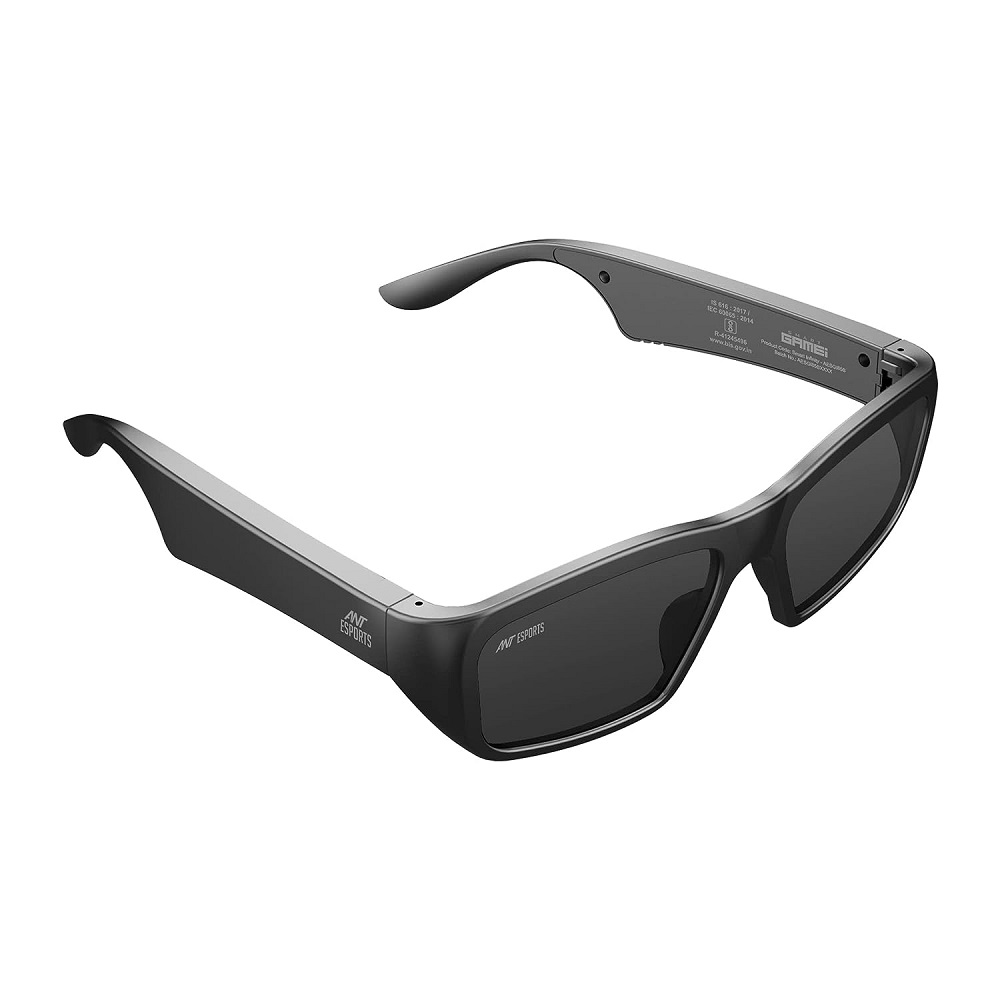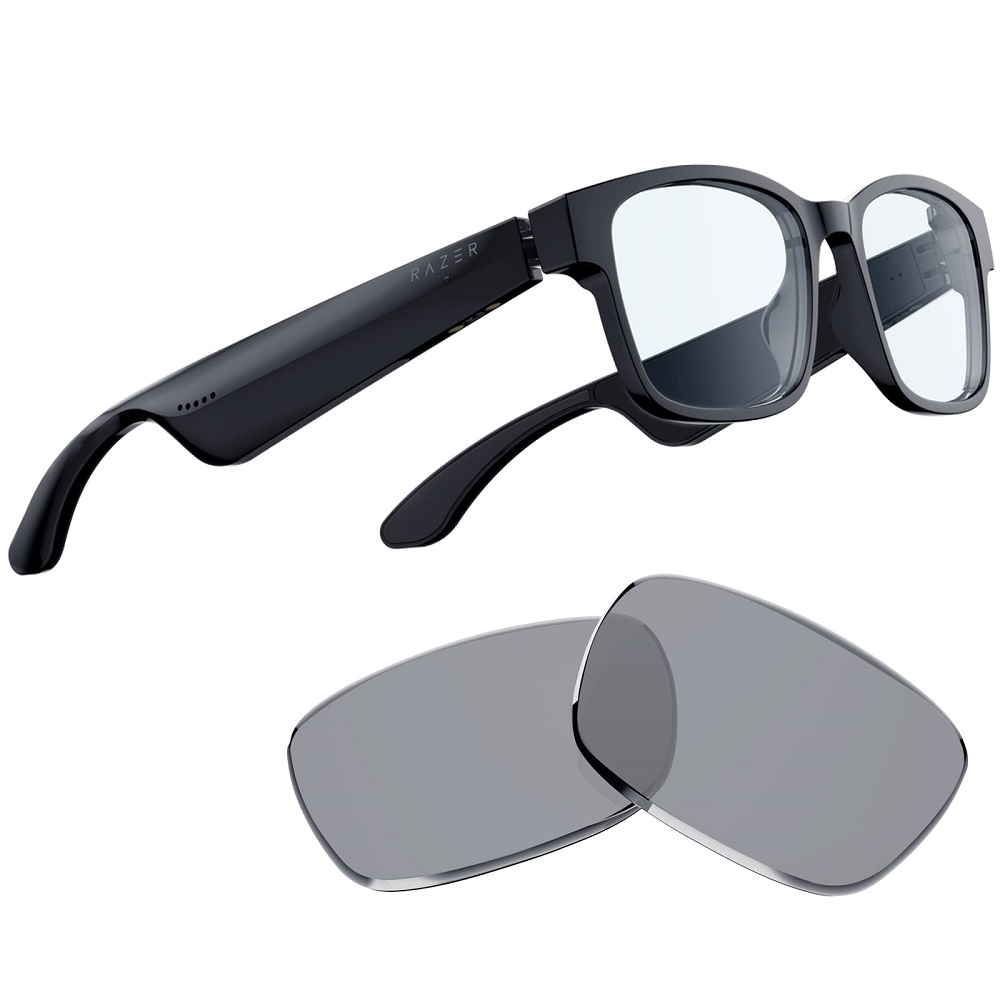Introduction to Smart Glasses
Smart glasses are a breakthrough in wearable tech. They blend high-tech features with everyday eyewear. Imagine having a gadget on your nose bridge that can display information, take photos, or even help you navigate. That’s what smart glasses are all about.
These glasses work with a variety of technologies. They use displays, cameras, and sometimes even touch controls on their frames. They can connect to your smartphone, show notifications, or let you interact with a virtual assistant. Some even go further, integrating augmented reality (AR) to superimpose data onto the real world.
Smart glasses look similar to regular glasses. But their lenses do more than just improve vision. They can be screens for viewing data and images. The frames might house tiny speakers for audio playback right next to your ears.
Glasses equipped with cameras allow for capturing images and videos on the go. This is handy for recording your point of view without using your hands. Controlled by voice commands or touch, they can also interact with apps. You may take calls, listen to music, or get directions without reaching for your phone.
The impressive part is how manufacturers keep these glasses lightweight and stylish. They are designed to be worn all day, just like regular glasses, but with added smart capabilities. As they evolve, they could replace some of the gadgets we carry every day, making technology truly wearable.
How smart glasses work? As we continue to explore smart glasses, we will see how they work, their evolution, and what features they offer. We will also look at user experiences and predict future trends that might change how we live and work.

The Basics of Smart Glasses Operation
Understanding how smart glasses work is key to recognizing their potential. At their core, smart glasses are an integration of several tech components. These components allow for audio communication, visual display, and user interaction. Here we break down the core functionality that enables smart glasses to operate effectively.
Audio Communication
Smart glasses have tiny speakers. These speakers deliver sound to your ears discretely. Some models use bone conduction. This technology sends sound through your skull bones to your inner ear. You can listen to sounds without blocking outside noise. This is very useful in traffic or crowded areas. It also helps the glasses stay sleek and unobtrusive.
Visual Display
The lenses in smart glasses are special. They can act as screens, showing you images and data. Some use a tiny projector that beams information onto the lens. Others have organic light-emitting diodes (OLEDs) built into the lenses. This makes the visual information seem like it’s floating in your sight. Clear and simple visuals are displayed, enhancing your interaction with technology.
Touch Controls and Connectivity
Many smart glasses have touch-sensitive frames. You can swipe or tap to control various functions. They connect to your smartphone via Bluetooth. This allows you to get notifications or use apps hands-free. It streamlines your digital interaction, making it more intuitive and accessible.
User Interaction
Voice control is a common feature in smart glasses. You talk, they respond. You can issue commands, get directions, or take a call. All without lifting a finger. This voice interaction makes using smart glasses a more natural experience. It aligns with how we naturally communicate.
By bringing together these elements, smart glasses create a seamless blend of the digital and physical world. They offer a peek into a future where tech is more integrated into our lives. They promise convenience and improved multitasking, and are poised to change how we interact with our environment and devices.
The Evolution of Smart Glasses Technology
Smart glasses’ journey began with simple tasks. They started as hands-free devices for calls and music. Then, tech advancements became rapid, and so did the improvements in smart glasses.
Early versions had limited functions. They were like head-worn Bluetooth headsets. Some even had simple displays for notifications. But they were clunky, often with short battery lives.
Soon, displays got better. They could show richer information. Gesture controls were added, too. Users could swipe on frames to interact. This started making smart glasses more practical.
The real game-changer was augmented reality (AR). Smart glasses got cameras and advanced displays. Now, they could overlay digital info onto the real world. This feature made them useful for navigation and education.
Today, smart glasses are lighter and more stylish. They pack enough tech for complex tasks. They have clear visuals and high-quality audio without drawing too much attention. Battery tech also got better, allowing for longer use.
Integration with virtual assistants is now common. People can use voice commands for many functions. It’s all hands-free, making tech use safer and more convenient. This has helped smart glasses become more integrated into daily life.
Before, smart glasses were a niche gadget. Now, they are a growing trend. We see them in workplaces, in sports, and even in fashion. They are becoming a regular part of many people’s lives.
The future looks bright for smart glasses. They are likely to become even more integrated. They might soon replace some current devices altogether. We’re just scratching the surface of what they can do.
As smart glasses evolve, so does their potential for impact. Each advancement opens new ways for people to interact with tech. They’re reshaping how we see and interact with the world around us.
Key Features and Functionalities
Smart glasses offer various features and functionalities that revolutionize how we use wearable technology. From audio communication to visual displays, touch controls, and user interaction, these glasses foster a more intuitive and engaging way to interact with the digital world. Here’s an overview of the key features that define smart glasses.
Audio Communication
Smart glasses use tiny speakers for audio. Some models use bone conduction. This sends sound through your skull to your ears. You hear sounds without blocking ambient noise. The audio features make these glasses useful in traffic and crowds.
Visual Display
Special lenses in smart glasses act as screens. They can show images and data right before your eyes. Some use tiny projectors; others have OLEDs in the lens. This makes visuals seem like they are floating in your vision.
Touch Controls and Connectivity
Many smart glasses have touch-sensitive frames. Swipe or tap to control functions. They connect to smartphones by Bluetooth. This lets you use apps and get notifications hands-free.
User Interaction
Voice control is a common feature. Say a command, and the glasses respond. It’s easy to get directions, or take a call, all hands-free. This makes using smart glasses feel natural and straightforward.
These core features combine to create a versatile tech experience. They allow users to stay connected without disrupting their engagement with the real world. As tech evolves, expect smart glasses to get even better. They will likely offer more features and integrate more with our daily activities.
User Experiences with Smart Glasses
Smart glasses users report many benefits and exciting discoveries. These experiences often revolve around convenience, efficiency, and a new way of engaging with technology. Let’s dive into the main aspects of user experiences with these revolutionary devices.
Everyday Convenience
Users find smart glasses convenient for daily tasks. They can take calls hands-free while walking. They get directions without looking at a phone. This makes moving about easier and safer.
Enhanced Work Productivity
In work settings, smart glasses offer major advantages. Workers access information quickly without stopping their tasks. For example, a repair technician might view a manual while fixing equipment. This boosts efficiency and accuracy.
Fitness and Health Tracking
Many smart glasses integrate fitness features. They track steps, monitor heart rates, and provide workout stats. Health-conscious users appreciate having this data easily accessible right in front of their eyes.
Social Media Integration
For social media fans, smart glasses offer unique features. They can capture and share photos or videos instantly. Users love sharing their point of view without using a phone.
Leisure and Entertainment
Smart glasses provide entertainment in innovative ways. Users watch videos or play AR games with immersive experiences. There’s no need for extra screens or devices.
Learning and Education
Education benefits greatly from smart glasses. They show interactive learning materials in the user’s sight. This hands-free approach aids learning and helps retain information better.
Overall, users share positive feedback about smart glasses. Their experiences highlight the practicality and futuristic touch these devices bring. As technology advances, user experiences will likely become even more enriched and engaging.
The Intersection of Smart Glasses and Augmented Reality
Smart glasses and augmented reality (AR) are closely linked. AR is a technology that layers digital content over the real world. This content is seen through devices like smart glasses. These glasses use cameras and displays to blend the digital and physical worlds. Let’s look at how they bring AR into daily life.
Merging the Digital with the Real
Smart glasses with AR can show maps and directions over what you see. This makes navigation easier. They can also display text messages or emails in your field of view. This lets you stay connected without looking away.
Interactive Experiences
AR smart glasses offer fun, interactive games. They turn your environment into a game setting. This brings new excitement to gaming. They can also provide virtual try-ons for shopping. You can see how clothes and accessories look on you without wearing them.
Work and Learning Enhancements
In jobs, smart glasses with AR help workers see important info while working. This info can be diagrams, instructions, or data overlays. It’s useful for training too. New staff can learn with step-by-step guides in their sight.
Design and Creativity
Artists and designers use AR smart glasses for their work. They can model and modify designs in 3D space. The glasses show changes in real time.
Challenges and Opportunities
AR in smart glasses faces challenges, like battery life and image clarity. However, they also offer great opportunities. As tech improves, these devices will get better. This will make AR a bigger part of our lives.
Smart glasses with AR are becoming more common. They promise new ways to see and interact with our world. They change how we get information and have fun. The future for AR smart glasses is bright, with endless possibilities.
Future Trends and Innovations in Smart Glasses
As smart glasses evolve, exciting trends and innovations emerge. Here’s what we can anticipate:
Enhanced Visual and Audio Technologies
Future smart glasses will feature sharper displays and richer audio. Expect OLEDs with higher resolution and bone conduction for crisper sound.
Improved Battery Life and Comfort
Longer-lasting batteries and more comfy designs are on the horizon. They’ll be ideal for all-day wear.
Advanced Augmented Reality Features
Augmented reality will be more vivid and interactive. Games and learning apps will offer incredible immersive experiences.
Integration with Artificial Intelligence
AI will tailor content to your preferences, making smart glasses smarter. Voice controls will be more responsive and personalized.
Health Monitoring Capabilities
Smart glasses will track health stats like heart rate and steps taken. They’ll remind you to move and provide fitness insights.
Seamless Connectivity with Other Devices
Expect better sync with phones, watches, and home devices. Smart glasses will become a key part of your tech ecosystem.
Wider Adoption Across Industries
They’ll be used more in healthcare, education, and manufacturing. Each sector will benefit from smart glasses tailored to their needs.
Stylish Options for Fashion-Conscious Users
Designs will evolve to appeal to fashion-forward wearers. Tech and style will blend seamlessly.
These advancements will transform how we use technology in daily life. Smart glasses will become even more ingrained as essential tools for work and play.
Conclusion: The Impact of Smart Glasses on Daily Life
Smart glasses are reshaping everyday life. They blend tech and function with style and comfort. Users enjoy hands-free calls and alerts while walking or working. These glasses show directions and messages right before the eyes. Now, people stay connected safely, without glancing away from their path.
Work becomes more efficient with smart glasses. Technicians check manuals hands-free during repairs. This saves time and boosts job precision. Fitness lovers track health stats effortlessly. They also get workout data on the go.
Social media lovers post and share through their smart glasses. They capture and upload life’s moments instantly. People enjoy films or games with an immersive AR twist, no screens attached!
Learning takes a leap forward with smart glasses. Students access interactive content as they study. This new method helps facts stick better.
As smart glasses evolve, so do their uses. They will sport sharper visuals, better sound, and longer battery life. AI will make operations smoother, more responsive. Style will meet technology for the fashion-conscious.
In short, smart glasses are more than just a gadget. They’re becoming a key part of our tech-filled lives. They show us a glimpse into a future where digital and real blend seamlessly.


